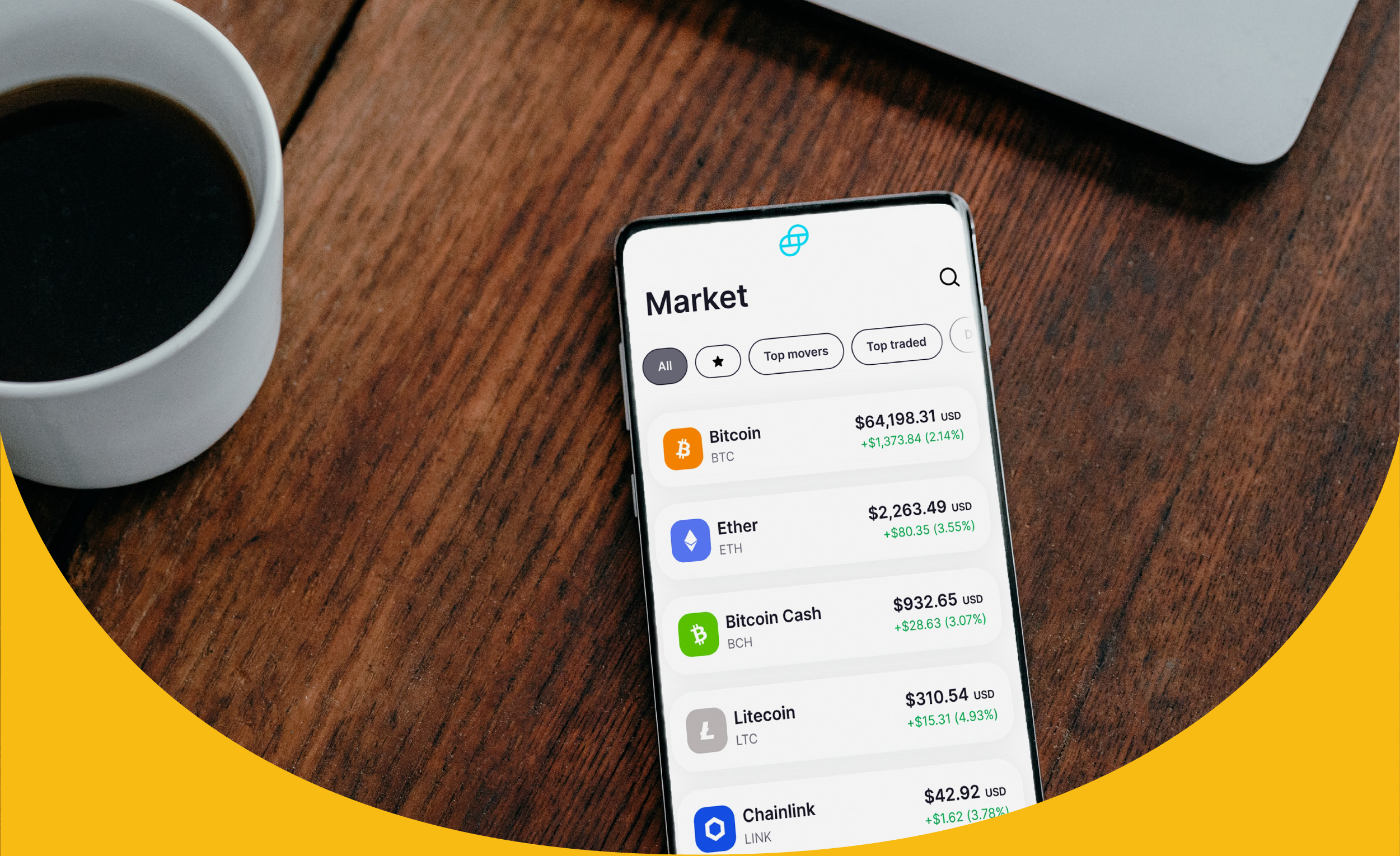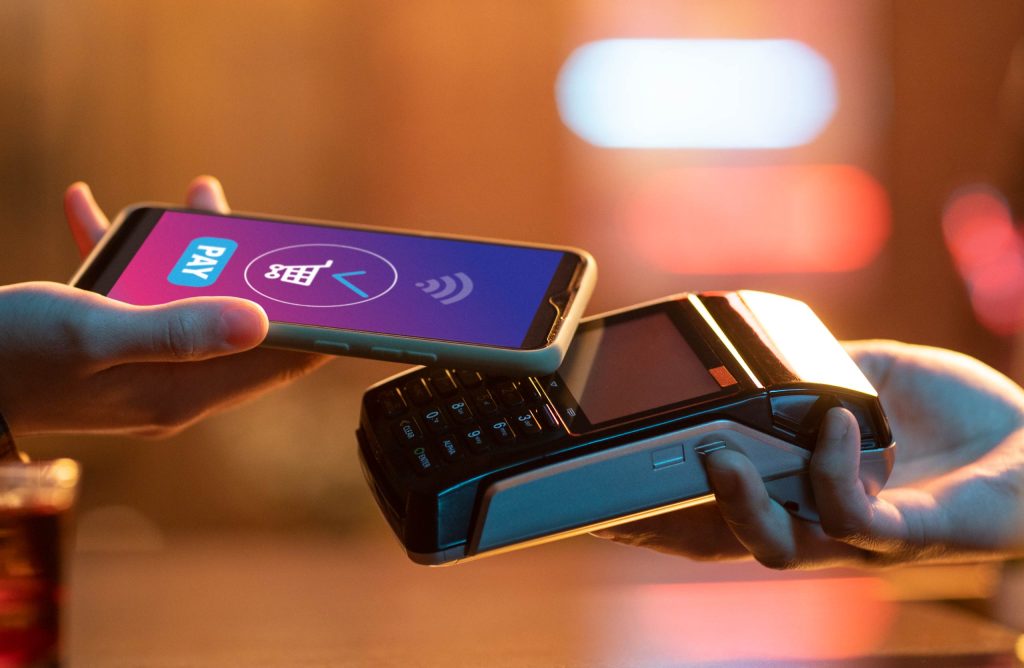The first crucial decision has already been taken: we’re going to develop an application. Great! What now? Before going into action and deciding on what provider to work with, it’s important to know what features determine whether a financial app is successful or not.
Like we always say, the point isn’t just to launch an app, but to launch the best application possible to penetrate the market and position ourselves among the top places in our industry. No matter which one it is. And, to achieve that, there are certain functionalities that a mobile application must have.
Today, we’ll analyze financial apps in detail. If this is the market you’re interested in, pay attention, because we’ve got lots to tell you.
What are the must-have features of a good application?
Let’s start from the very beginning. By definition, a good application is one that fully satisfies users’ needs quickly and effectively. In short, to ensure that whatever the application does is done well.
So, let’s go over what the features of a good app are:
- Unique benefits: to be successful, an app has to offer solutions to users’ issues, and, also, additional benefits that make it unique in its niche.
- Simple interface: the easier and simpler an app is to use, the more successful it’s going to be. That’s the reason why having a simple interface and a simple and intuitive navigation experience is key.
- Available for Android and iOS: to have success and guarantee mass appeal, your app must efficiently operate in Android and iOS, the two main platforms in the market today.
- Safe: security is another key feature for a successful application, and especially when it comes to financial applications that contain personal information.
- Updates regularly: updates (edits, functionalities, development, etcetera) are important because they let the application evolve and grow as users’ needs change. Consequently, periodical updates keep user satisfaction levels high.
- That it works offline: allowing the app to have offline functionalities and contents (with no data connection required) is something users value greatly.
- Customizable: we love being able to customize what we use and mobile apps are no exception. That’s why providing lots of options for user customization (like fonts, font sizes, colors, etcetera) are important features for a good app to have.
- A direct and speedy channel for leaving comments and for getting in touch: providing users with these features is very important and shouldn’t be limited to email and social media, but must also include notifications and chat interfaces, among other options.
- Search bars: this is a feature that’s not usually talked about, but that users value because they’ll be able to easily find what they’re looking for. In general, nobody’s willing to be more than three taps away to find something in an app.
- Measurable: any application must feature analytics to guarantee that it works well. That way, one is able to get to know user behavior in order to know what to improve.
- Interoperable: most of the time, to ensure a business is successful, an application’s interoperability is a requirement. This means that it’s able to be integrated with other platforms, such as a booking system, a logistics platform, or any other.
What’s fintech?
Now that we’re aware of what a good app must have, let’s dive deep into fintech. The term fintech stems from a fusion between finances and technology, and any business that makes use of technology to provide improved and innovative financial services is called fintech. In general, at a lower cost and with a larger reach.
Fintechs include a wide array of subjects that go from mobile payment systems and money wiring to cryptocurrency.
This is a budding, expanding industry that looks to optimize the way people and institutions make their financial operations. For example, people today can transfer money, invest, pay their bills, and get loans 100% online, while, before, that took annoying paperwork, in person and in banking institutions.
What’s a financial app (or a fintech app)?
When we talk about financial applications (also called fintech apps) we’re talking about a specific tech application (related to what we’ve explained above.)
We can find PayPal and Square among the most well-known fintech applications.
One of the reasons why there’s been a growth in popularity for financial applications (especially during the COVID-19 pandemic and post-pandemic) is that they make people’s money easier to manage. They even let people open up a bank account without having to set foot in a bank’s office space.
Financial applications are known for providing bigger and better functionalities than traditional banking apps do.
Types of financial applications
Inside the financial application category, we can find different types of apps, depending on the needs they tend to and/or the user category they’re catering to.
This is a generic classification of financial apps:
- Personal finance: they let us manage our money and budget. Example: My Budget.
- Investment: they’re used for investing money more efficiently. Like: Acorns or Robin Hood.
- Loans: to borrow or lend money outside of a traditional banking system. That’s the case with Payoff and Preeform
- Payments: applications that let users make all sorts of payments: shopping, paying for services, among others, and also make money transfers. Some examples of this are PayPal, Modo and MercadoPago.
- Currency exchange: apps to exchange foreign currencies, like TMS Broker.
- Insurtech: apps for the insurance industry.
- Proptech: apps that are focused on the real-estate business. Regtech: apps relative to norm compliance.
- Neobanks: 100% digitally accessible banks from apps and computer platforms.
- Cryptocurrencies: apps that let users access the digital cryptocurrency market, so they can send or receive them.
The benefits of a financial application
The financial system has changed significantly as a byproduct of the pandemic, and its online management by institutions and users has become abruptly massive.
Consequently, financial applications came front and center, not only because they were easy to use, but also because of lots of other benefits they provide.
These are the important benefits a fintech application provides:
- They make it easier to manage personal finances: by providing a simple and easy-to-navigate interface. They also let users track their goals, spending and budget.
- Cheaper bank transactions and investment operations: fintech transactions are usually less costly (and some of them are even free) than traditional banking transactions.
- They let fintech companies outperform competitors: when an app is designed well, and is functional to users, this becomes a competitive advantage for the company and positions it at the forefront in the industry.
- Simpler usability than traditional bank applications.
- Useful for customer loyalty and retention: by providing better online banking services.
What to take into account when developing a financial application
If what you want is to develop a financial application for your business, these are the main aspects you must take into account:
- Discover customers’ needs and preferences: this is the starting point for developing any app that aims to become a success. It must provide solutions and, simultaneously, a unique user experience by, for example, ensuring: social media integration, and online and offline access, among others.
- Planning: once the app model has been defined, the next stage is planning for its implementation: visualizing goals, setting expectations, and doing risk analysis.
- Verifying that the app complies with legal requirements: this is needed to avoid fraud and protect customers according to each country’s regulations for each operation. For instance, GDPR (General Data Protection Rules), electronic privacy agreements and consumer privacy laws, and AML (Against Money Laundering), among others.
- Design: it must be attractive and functional to users and guarantee an excellent user experience: readability, color contrasting, and an accessible menu, among others.
- Defining suitable technology: one-code only or multiplatform.
- Creating a Minimum Viable Product (MVP): that is, a simple version of the application that includes the fundamental functions and components for testing and detecting vulnerabilities, gathering potential user reviews and investors, etcetera. If positive results are reached, one could go on to develop the app massively and at a larger scale.
What does a financial application need to be successful?
A successful financial application must take the following aspects into account:
- Giving users access to the most relevant products and services according to their needs.
- Guaranteeing quick response times: clients ask for quick answers when they need them, apart from what they want apps to be–comfortable to use and speedy.
- Ensuring a smooth user experience: to achieve this, they must be easy to use and evolve along with users’ needs. The goal here is to make people’s lives easier, for example, by filling in forms and loading documents automatically.
- Offer more than one means of contact: to be able to easily find and solve what the user needs or is having problems with.
- Transversal end-to-end services: this means that everything can be solved inside the app on a single page and with no need to go to the physical store.
Looking to develop a financial app for your business?
We’re ThinkUp, experts in fintech app development solutions.
We’re a digital product development company, and we’re obsessed with quality and specialized in mobile apps and providing unique user experiences. We create world-class digital products for startups and enterprises to transform your business.
Want to develop your next project with us? We’re here to help!






